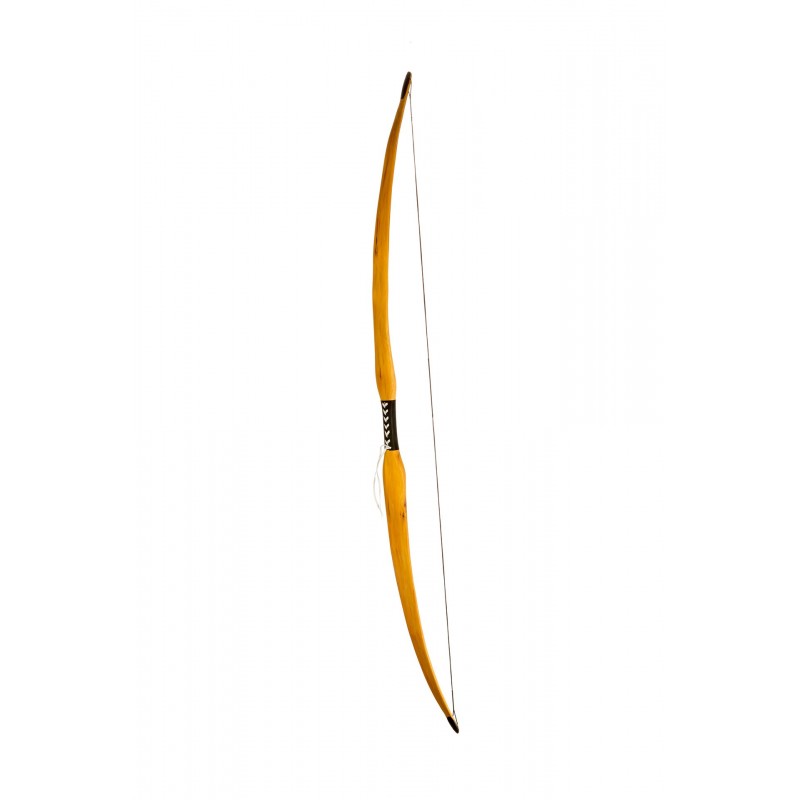Holmegaard Bows
The Holmegaard Bow – An Ancient Weapon
During World War 2, several well-preserved bows were discovered near the town of Holmegaard in Denmark. They are the oldest complete bows ever discovered and they’ve been dated from the Mesolithic era (approximately 10,000 BC to 5,000 BC). These Holmegaard bows were made from elm or yew and they have a very distinctive shape. The bow has a deep handle with limbs that are parallel tapering off at the ends. The recovered specimens are between 150 cm to 170 cm long and the limbs are approximately 6 cm wide.

The Maglemosian people fashioned these bows in the Mesolithic era. The Maglemosian culture was widespread across northern Europe and Scandinavia from about 9000 B.C. to 6000 B.C. Several artifacts have been recovered by an archeologist from northern Europe.
Holmegaard Bow for Sale!
CHECK OUT THE HOLMEGAARD BOW BY FLAGELLA!
The Holmegaard Bow Today
Located in the National Museum of Denmark in Copenhagen, the Holmegaard bows are on display there. The bow is a very dark, almost black color, and is in four separate pieces. The bow is in an exceptional state of preservation. Being immersed in the oxygen-free environment of a peat bog, the bow is in fact the oldest complete bow we have found so far.
The Holmegaard bows date to approximately 7000 BCE. The dating of the bows is derived from the dating of the layers of material it was buried in. A treatment of formaldehyde for further preservation hindered any further dating or investigation on the bow material at this time.
The discovery of the Holmegaard bows was indeed a lucky find. In 1944, during the latter part of WWII, local shortages of coal put pressure on the inhabitants of the island of Zealand to dig up peat bogs in search of fuel. In doing so they uncovered the Holmegaard bow.
The Holmegaard Bows Then
The Holmegaard bow was developed by the Maglemosian culture which flourished in Northern Europe at the end of the last ice age (c. 9000 – c. 6000 BC). The Maglemosian industry was named after the bog (magle mose, “big bog,” in Danish) at Mullerup, Den.
Sea levels were much lower during this period, therefore Scandinavia and the British islands were connected as one densely forested area. Being an area abundant in wildlife, hunting and fishing would have been rewarding endeavors to hardy people with the necessary skills.
